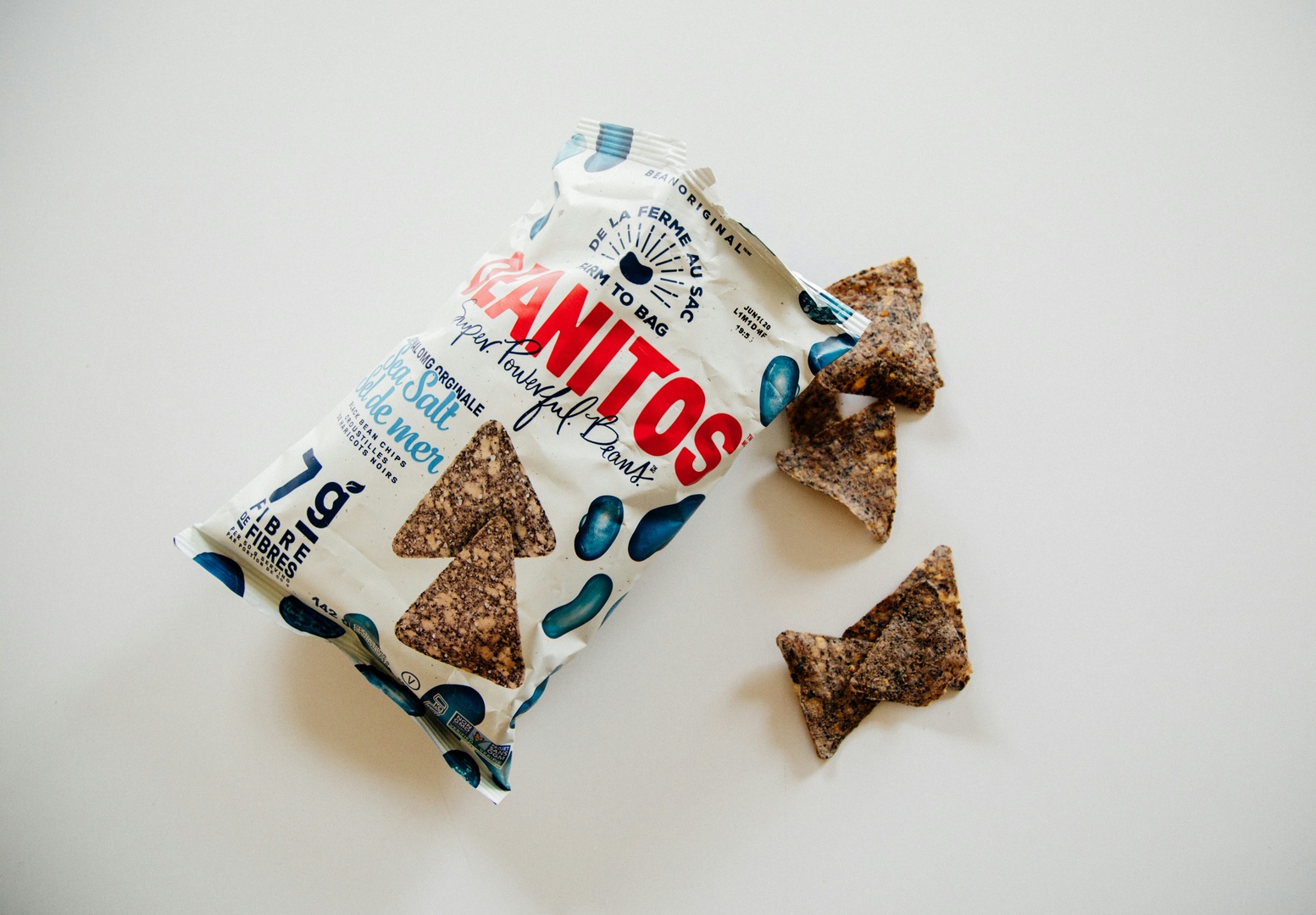Introduction: A New Era in AI Chip Policy
The recent announcement regarding the Trump administration’s AI chip policy reversal marks a pivotal moment in the global landscape of advanced computing technologies. Set to dismantle the Biden administration’s intricate three-tier regulatory framework, this shift heralds a significant change in how AI chips will flow across international borders, potentially reshaping the dynamics of trade, innovation, and geopolitical relationships.
The Biden Administration’s Framework for AI Diffusion
Under the Biden administration, the Framework for Artificial Intelligence Diffusion was designed to establish a stratified global technology landscape. This ambitious initiative, intended to take effect on May 15, 2025, proposed a three-tiered system aimed at controlling the distribution of advanced AI chips. The first tier included 17 allied countries plus Taiwan, granting them unlimited access to these technologies. The second tier encompassed around 120 nations, subjected to strict numerical caps on their imports. Finally, in the third tier, countries like China, Russia, Iran, and North Korea faced a complete ban on access to advanced AI chips.
While this structured approach aimed to prevent sensitive technologies from reaching adversarial nations via intermediaries, it was not without its critics. Many argued that the complexity of the system would impose significant compliance burdens on U.S. companies and encourage international partners to seek alternative suppliers.
Trump’s New Approach: Simplification and Flexibility
In stark contrast to Biden’s intricate scheme, the Trump administration is contemplating a much simpler global licensing regime, underpinned by inter-governmental agreements. This pivot is intended to free American innovation while still ensuring the country maintains a competitive edge in AI technology. According to a Commerce Department spokesperson, the existing framework is deemed “overly complex and bureaucratic,” a sentiment that resonates with many in the technology sector.
The timing of this policy shift is particularly noteworthy. As President Trump gears up for a trip to the Middle East, nations like Saudi Arabia and the UAE have expressed discontent over the existing restrictions on their access to advanced AI chips. Such geopolitical considerations underscore the administration’s broader strategy to enhance U.S. commercial interests while navigating complex global relationships.
Market Reaction: Implications for Industry Leaders
Market response to this policy reversal has already been noticeable. Shares of Nvidia, a leading manufacturer of AI chips, rose by 3% following the announcement, highlighting investor optimism regarding the potential for increased sales opportunities. Nvidia’s CEO, Jensen Huang, has consistently argued against stringent export controls, predicting that China could evolve into a $50 billion market for AI chips in the near future.
However, the Trump administration’s reversal does not signify a complete abandonment of export controls. The administration has shown a willingness to impose restrictions, as evidenced by its ban on Nvidia’s H20 chip sales to China, which resulted in significant financial repercussions for the company.
Winners and Losers in the New Landscape
This policy change creates a complex map of potential winners and losers across the global technology landscape. Countries like India and Malaysia, previously subjected to restrictions, may now experience temporary relief, with Malaysia particularly benefiting Oracle Corporation’s ambitious data center expansion plans, which would have exceeded the limits imposed by the earlier regulations.
Middle Eastern nations, especially the UAE and Saudi Arabia, stand to gain from this policy shift. After facing export controls since 2023, they may be able to negotiate more favorable terms for AI chip acquisitions. Trump’s expressed interest in easing restrictions for the UAE, combined with the country’s commitment to invest up to $1.4 trillion in U.S. technology and infrastructure over the next decade, illustrates the high stakes of these negotiations in establishing themselves as AI powerhouses.
Uncertainty Ahead: The Transition Period
As the Trump administration develops a new control scheme, uncertainty looms over the regulatory environment facing companies like Nvidia. While the new framework is being crafted, existing chip export controls will remain in place, ensuring that the landscape remains unpredictable for key industry players.
One potential aspect of the new regime might involve imposing controls on countries that have previously diverted chips to China, including Malaysia and Thailand. This consideration indicates a nuanced approach to managing international supply chains while addressing national security concerns.
Balancing Competing Priorities: National Security vs. Commercial Interests
The Biden administration’s export controls aimed to limit access to critical technology for cutting-edge AI development, particularly in preventing Chinese firms from finding alternative routes to acquire these technologies. The challenge lies in crafting a balanced approach that addresses national security while promoting U.S. commercial interests, a task that will require intricate diplomatic negotiations and potentially the creation of diverse policy frameworks.
As the Commerce Department continues to evaluate its options, industry stakeholders remain divided. While chip manufacturers have lobbied against strict export controls, certain AI companies, such as Anthropic, advocate for maintaining protections that safeguard U.S. intellectual property and technological advantages.
Conclusion: Navigating the Future of AI
The shift in Trump’s AI chip policy reflects a broader emphasis on American competitiveness and innovation. As officials work to establish a new framework, the global AI chip market remains in a state of flux, with profound implications for technological development, international relations, and corporate strategies in the evolving landscape of artificial intelligence.
Sources and References
AI News, May 9, 2025.

